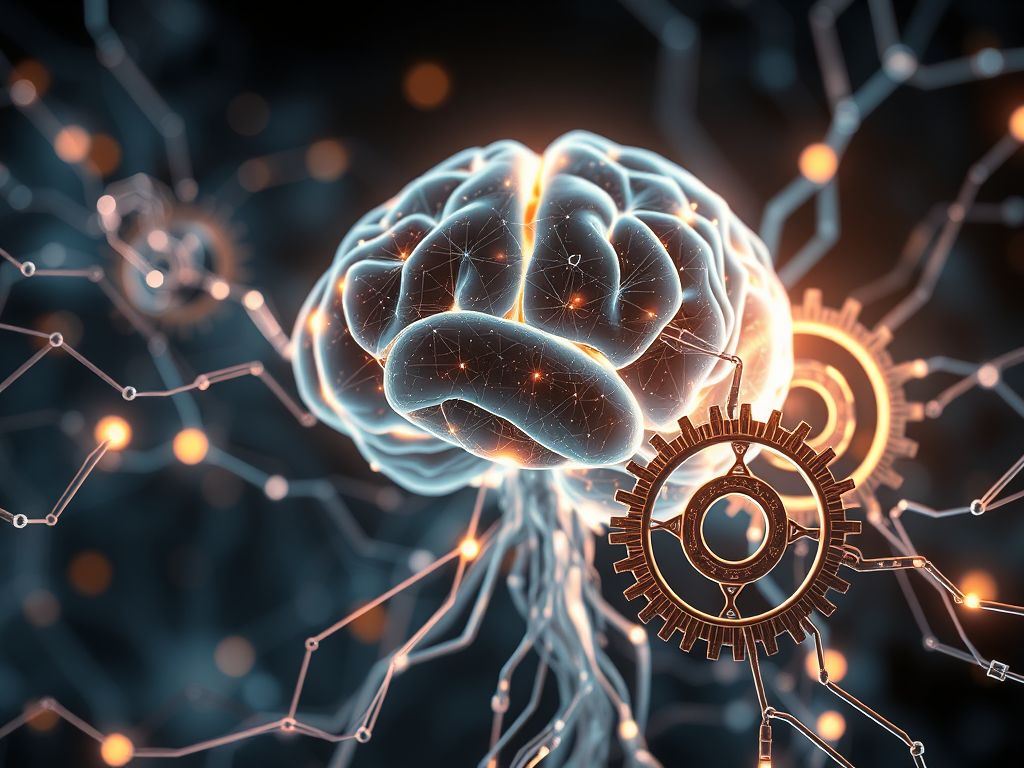Yann LeCun, a prominent figure in the field of artificial intelligence, has introduced a new AI model called I-JEPA (Image-based Joint-Embedding Predictive Architecture) that aligns with his vision for more human-like AI. I-JEPA is a non-generative, self-supervised learning approach that learns highly semantic image representations without relying on hand-crafted data augmentations. This article delves into the intricacies of I-JEPA, exploring its architecture, functionality, and potential impact on the future of AI.
The Motivation Behind I-JEPA
LeCun’s work is motivated by the idea that AI should prioritize prediction over generation, mirroring how humans and animals understand the world through abstraction. He believes that intelligence arises from the ability to encode sensory information and predict future encodings, rather than recreating the entirety of the external world and sensory experiences.
Core Concepts of I-JEPA
I-JEPA distinguishes itself through its approach to learning representations from images. Unlike generative models that attempt to reconstruct the input data, I-JEPA focuses on predicting representations of different parts of an image from a given context.
The fundamental idea behind I-JEPA is simple: from a single context block, the model predicts the representations of various target blocks within the same image. The key to achieving semantic representations lies in the masking strategy. Specifically, it is crucial to:
- Sample target blocks with sufficiently large scale (semantic)
- Use a sufficiently informative (spatially distributed) context block
I-JEPA’s Architecture and Functionality
The I-JEPA architecture consists of two main components: a context encoder and a target encoder. The context encoder processes a context block from an image, while the target encoder processes various target blocks from the same image. The model then learns to predict the representations of the target blocks based on the representation of the context block.
The predictor takes a mask token for each patch it aims to predict. These mask tokens are parameterized by a shared learnable vector with an added positional embedding. The positional embeddings provide the necessary context, distinguishing each token by its coordinates within the grid. This setup enables the I-JEPA framework to analyze each masked token in relation to its neighboring elements, facilitating the prediction of the obscured sections effectively.
Non-Generative Approach
I-JEPA is explicitly designed as a non-generative approach. This means that it does not model the probability distribution of the input data in pixel space. Instead, it operates in an embedding space, learning to predict relationships between different parts of the image. This contrasts with masked autoencoders, which are generative because they have a decoding stage where the decoder attempts to reconstruct the embeddings back into the pixel space.
Masking Strategy
The masking strategy is a critical design choice in I-JEPA. The size and location of the context and target blocks play a significant role in the model’s ability to learn semantic representations. Experiments have shown that using a context block with a scale of (0.85, 1.0) and target blocks with a scale of (0.15, 0.2), with the number of target blocks set to 4 during training, leads to the best performance.
Preventing Collapse
A potential issue in joint-embedding architectures like I-JEPA is the risk of representation collapse, where the model learns to produce constant outputs, effectively ignoring the input. To prevent this, I-JEPA uses an Exponential Moving Average (EMA) for the context encoder. The lag between the context and target encoder forces the model to use the input/context, preventing the model from ignoring the input and producing constant outputs.
I-JEPA vs. Generative Models
The distinction between I-JEPA and generative models lies in their objectives and how they process data. Generative models, such as Transformers that utilize next-token prediction, aim to generate new tokens in an autoregressive fashion, starting from a given token. They process existing data to generate new information that mirrors the training set.
I-JEPA, on the other hand, predicts missing parts of an input by understanding the relationships between the visible context and the missing regions. It doesn’t recreate the missing part directly but instead represents both the context and the missing region as embeddings (compact vector representations). The loss function in I-JEPA optimizes for structure by using special embeddings (abstraction of the raw data), while a generative model’s loss function optimizes for closeness to raw data.
Scalability and Performance
I-JEPA has demonstrated high scalability when combined with Vision Transformers. A ViT-Huge/14 model trained on ImageNet using 16 A100 GPUs in under 72 hours achieved strong downstream performance across a wide range of tasks, from linear classification to object counting and depth prediction.
Potential Applications and Future Directions
I-JEPA’s ability to learn semantic image representations opens up a wide range of potential applications. Some possibilities include:
- Object recognition and detection: I-JEPA can be used to identify and locate objects in images with greater accuracy.
- Image understanding: I-JEPA can help AI systems better understand the content and context of images.
- Robotics: I-JEPA can be used to develop more intelligent robots that can perceive and interact with their environment more effectively.
- Autonomous driving: I-JEPA can be used to improve the perception capabilities of self-driving cars.
The future of I-JEPA involves developing more sophisticated models that can learn even more abstract representations of the world. This could lead to AI systems that are capable of reasoning, planning, and problem-solving in a more human-like way.
JEPA as a Foundation for AGI
Yann LeCun envisions JEPA as a crucial step towards achieving Artificial General Intelligence (AGI). He believes that the ability to learn abstract representations of the world is essential for creating AI systems that can truly understand and interact with the world in a meaningful way.
Available Resources
The code and checkpoints for I-JEPA have been released and are available on GitHub. This allows researchers and developers to experiment with the model and build upon its capabilities.
Conclusion
I-JEPA represents a significant advancement in the field of self-supervised learning and offers a promising path towards more human-like AI. Its non-generative approach, combined with its focus on learning semantic representations, sets it apart from other AI models. With its high scalability and potential for various applications, I-JEPA has the potential to shape the future of AI and bring us closer to achieving AGI.


Leave a Reply